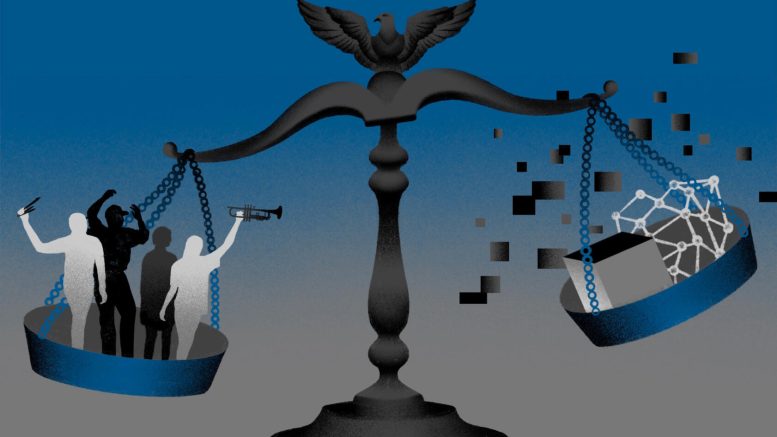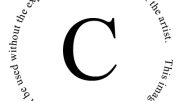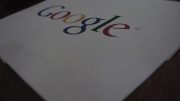With the rapid advancement of digital technologies, information and ideas can now be disseminated, shared, and exchanged at an unprecedented speed and scale through the Internet. The emergence of digital media has truly revolutionized the way we access and share information.
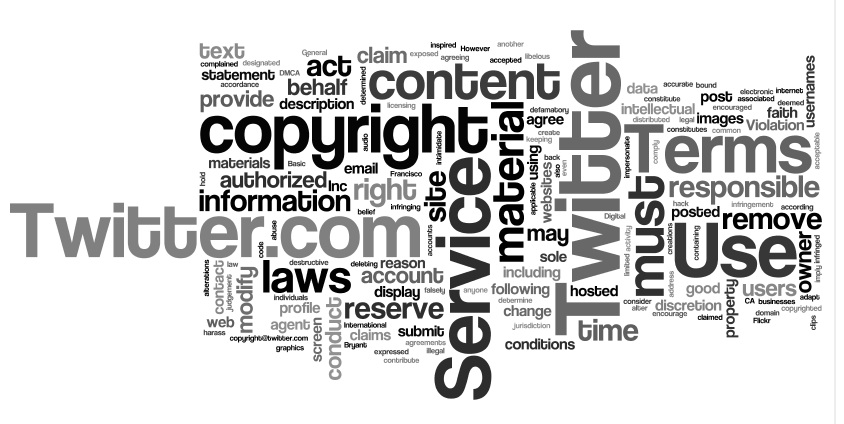
In this digital era, the advent of AI-enabled text and image generators has brought complexity and revolution to the cultural and creative realms of the Internet. The copyright industry, as a foundation for creation and dissemination, fosters cultural diversity and innovative creativity. It also plays a significant role in the economy by ensuring equitable remuneration and lawful utilization of creative industry practitioners’ work.
However, the surge of AI art in digital media has presented new challenges for the copyright industry:
- The increasing prevalence of infringement;
- The ease of replicating digital content;
- Inconsistent laws and regulations around the globe complicate copyright protection.
- Difficulties in determining the copyright ownership (AI developer, data set provider, or the AI generator user?);
Despite ongoing efforts to strengthen copyright-related regulations, tracking and resolving infringements remains a persistent challenge.
The History of Digital Media and the Copyright Industry
The rise of digital media has sparked a significant transformation in the copyright industry, leading to a notable enhancement in the control exerted by the copyright industry over Internet users. This shift transcends the conventional notice-and-takedown approach and collaborates proactively with technology companies to continuously monitor all user-uploaded content on digital platforms.
The copyright industry has spent decades persuading technology companies to develop automated tools for combating copyright infringement and implementing policies to regulate user behaviour (Suzor, 2019). This process has been challenging, but it has provided the copyright industry with valuable insights into the limitations of technological solutions and the risks associated with delegating excessive power to opaque and unaccountable systems.
RIAA & Napster
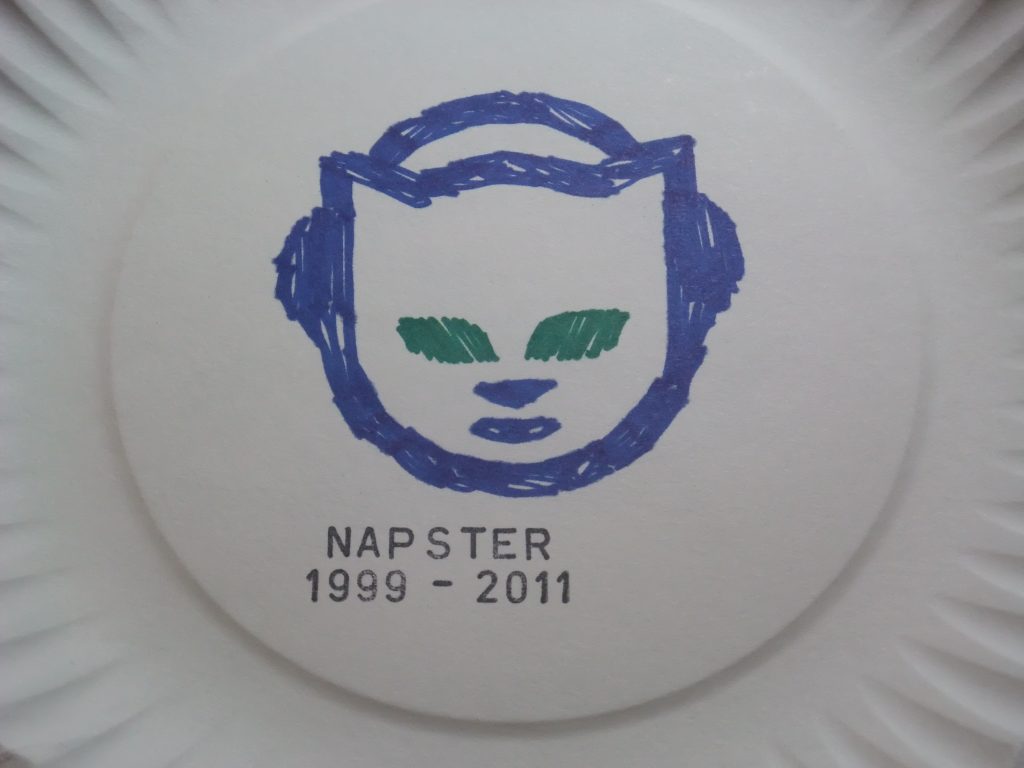
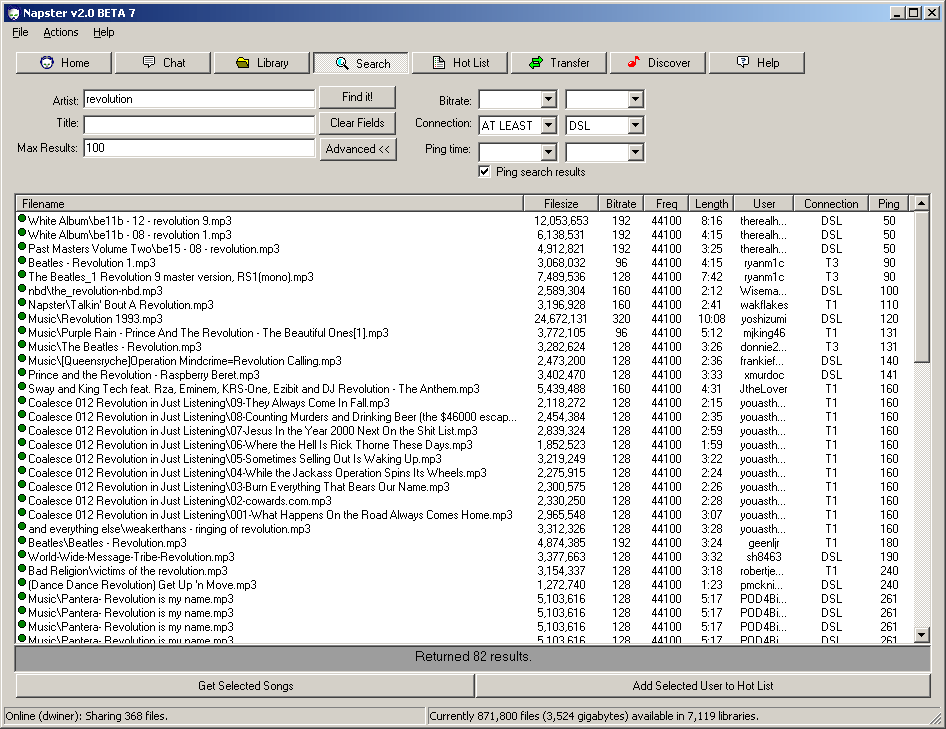
Napster is a peer-to-peer file-sharing network that enables users to share and download music files over the Internet for free. However, those music files are often unauthorized or pirated. During its peak, Napster boasted an impressive user base of approximately 80 million registered individuals. This contentious situation eventually led to multiple legal actions, such as the Recording Industry Association of America (RIAA). The appeals court ultimately determined that Napster indeed violated copyright laws, and posed a threat to artists’ incomes (McCourt & Burkart, 2003).
This case has triggered further thinking about digital media and the copyright industry, prompting a study for an improved balance between safeguarding the rights of creators and copyright owners while meeting the needs and convenience of the public (Suzor, 2019). Moreover, Napster has served as a clear indication of the evolving and increasingly contentious nature of copyright issues in the digital era, thereby establishing the foundation for today’s legal framework surrounding digital copyrights.
The RIAA & Users
In addition to Napster, the RIAA has filed lawsuits against a large number of music-sharing users. Unfortunately, legal measures aimed at criminalizing these users often incur high legal expenses and generate negative publicity, thereby limiting their deterrent effect (Suzor, 2019). Pursuing piracy through legal channels fails to garner public sympathy towards the interests of the copyright industry. The general public strongly prefers accessing freely available music through file sharing.
Similarly, users prefer to use AI-assisted creation tools as a more cost-effective and convenient option than investing significant time in acquiring artistic techniques or paying high fees for commissioned artwork. These instances underscore the public’s preferences towards convenience and affordability while stimulating deeper thinking on copyright and creativity.
New Trends on Digital Platforms: AI Painting
AI paintings are programmed by computers with machine learning and deep learning algorithms. After accessing a vast collection of human-created artworks, AI forms a comprehensive knowledge base to create and generate new images.
As AI technology evolves, AI art is rapidly emerging as a prominent creative force on digital platforms. The growth of AI art is intertwined with digital media that provide wide distribution and display capabilities for AI generators. Users only need to enter their ideas, even just a few words, and then they can get an AI-created piece of art in five seconds. The interconnectedness and global nature of digital platforms cause the rapid spread and global interaction of AI art, thereby fostering the advancement in this field.
Nevertheless, AI art also brings new challenges to copyright protection.
The artist Kim Leutwyler and numerous illustrators have discovered that their artwork is used to train AI image generators without obtaining proper licenses or providing compensation. These AI generators are currently used for profit-driven applications, resulting in conflicts between artists and technology companies. Furthermore, the existing law fails to empower artists to safeguard their work against unauthorized within the artistic community. Consequently, artists and activist organizations are advocating for a constructive dialogue to enhance the legal and ethical framework and safeguard artists’ rights while fostering the advancement of AI.
“Would employers pay artists’ salaries if they can buy ‘a subscription for a month for $30’ and generate anything?”
There is another case in January. Kelly McKernan, Karla Ortiz, and Sarah Andersen have filed a lawsuit against the creators of AI generators on behalf of other artists in similar situations. They pointed out that AI image generators are infringing on the copyrights of millions of artists by ingesting large numbers of digital images and producing derivative works that compete with the original work. The artists express their non-opposition to AI itself but object human artists to being utilized as a creative tool by AI.
Balance of Copyright Protection and AI Art Creativity
The increasing display and dissemination of AI-generated artworks on the Internet has presented a complex and pressing issue:
How to ensure full respect for artists’ rights while simultaneously promoting the unhindered flow of creativity?
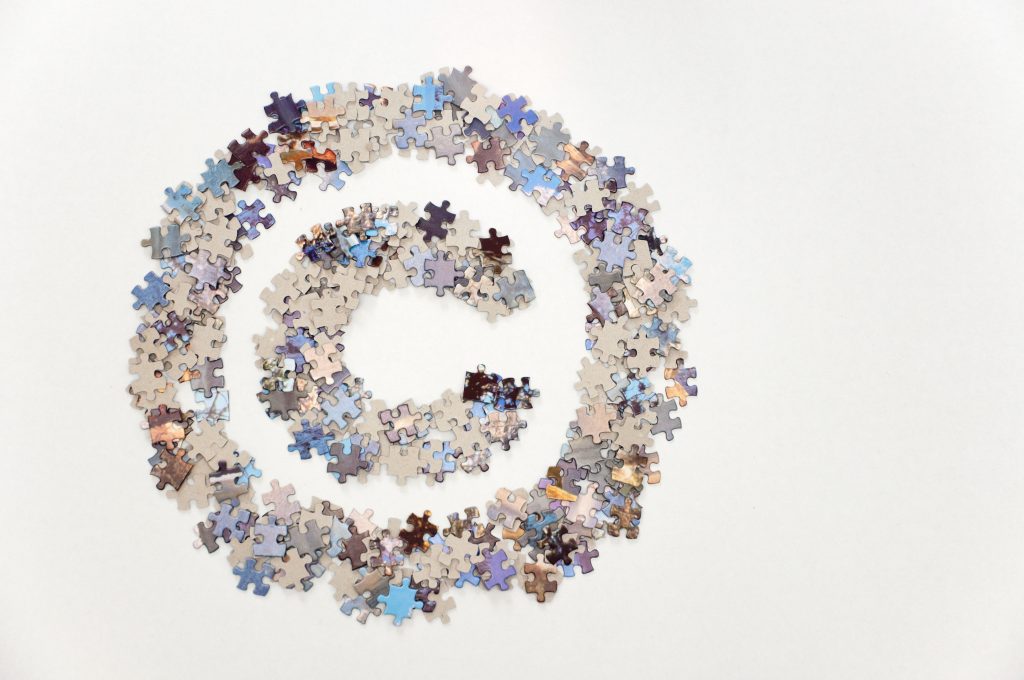
The first concern pertains to the copyright attribution of AI artworks on digital platforms.
The U.S. Copyright Office issued a policy statement on copyright in AI works on March 16, which serves as an official definition of AI art copyrights that exclusively protect human creations. This recent legislation underscores the significance of recognizing and safeguarding artists’ ingenuity and originality, while also stimulating a vibrant discourse surrounding creativity and copyright.
The statement, however, necessitates further comprehensive legal investigation and clarification.
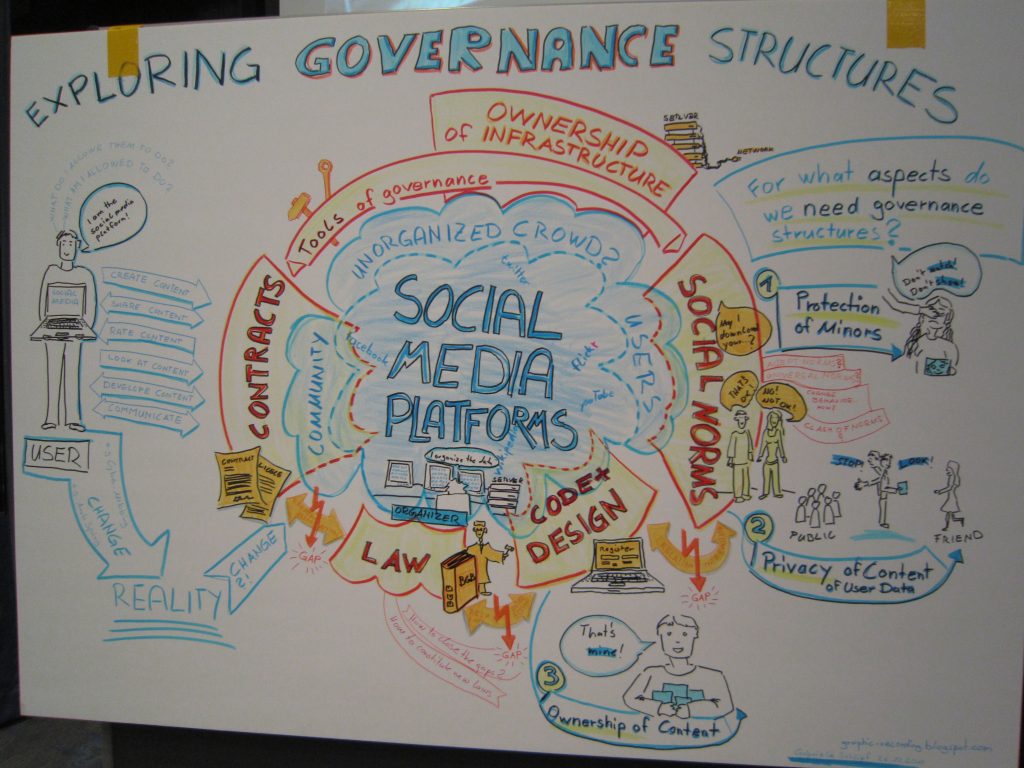
Secondly, the widespread dissemination and shareability of AI artworks on digital platforms pose intricate challenges to copyright protection. The rapid distribution, replication, and modification of works on the Internet intensify the difficulties in safeguarding artists’ rights. Addressing these issues needs to raise public awareness with a closer collaboration among digital platforms, AI developers, artists, and governments (Gray, 2020).
The complex and critical task of balancing creativity with the need for control necessitates collaborative efforts among multiple stakeholders to identify appropriate solutions for fostering sustainable development in AI art.
References
Gray, J. E. (2020). Google Rules: The History and Future of Copyright Under the Influence of Google. Oxford University Press. https://doi.org/10.1093/oso/9780190072070.001.0001
Harris, M. A Short History of Napster. Lifewire. Retrieved by February 16, 2023, from https://www.lifewire.com/history-of-napster-2438592
Kerner, S. M. (2023, May). AI art (artificial intelligence art). TechTarget. Retrieved October 1, 2023, from https://www.techtarget.com/searchenterpriseai/definition/AI-art-artificial-intelligence-art
Mattei, S. (2023, March 21). US Copyright Office: AI Generated Works Are Not Eligible for Copyright. ARTnews. https://www.artnews.com/art-news/news/ai-generator-art-text-us-copyright-policy-1234661683/
McCourt, T., & Burkart, P. (2003). When Creators, Corporations and Consumers Collide: Napster and the Development of On-line Music Distribution. Media, Culture & Society, 25(3), 333–350. https://doi.org/10.1177/0163443703025003003
Noveck, J. & O’Brien, M. (2023, September 1). Visual artists fight back against AI companies for repurposing their work. APNews. https://apnews.com/article/artists-ai-image-generators-stable-diffusion-midjourney-7ebcb6e6ddca3f165a3065c70ce85904
Suzor, N. P. (2019). How Copyright Shaped the Internet. In Lawless : the secret rules that govern our digital lives (pp.59-78). Cambridge University Press.
The Copyright Office, Library of Congress. (2023, March 16). Copyright Registration Guidance: Works Containing Material Generated by Artificial Intelligence. https://www.federalregister.gov/documents/2023/03/16/2023-05321/copyright-registration-guidance-works-containing-material-generated-by-artificial-intelligence
Williams, T. (2023, January 9). Artists angry after discovering artworks used to train AI image generators without their consent. ABC News. https://www.abc.net.au/news/2023-01-10/artists-protesting-artificial-intelligence-image-generators/101786174
